Samsung unveils Neo QLED and MicroLED TVs to take on OLED
Micro-LED and mini-LED take center stage with Samsung's new TVs for 2021
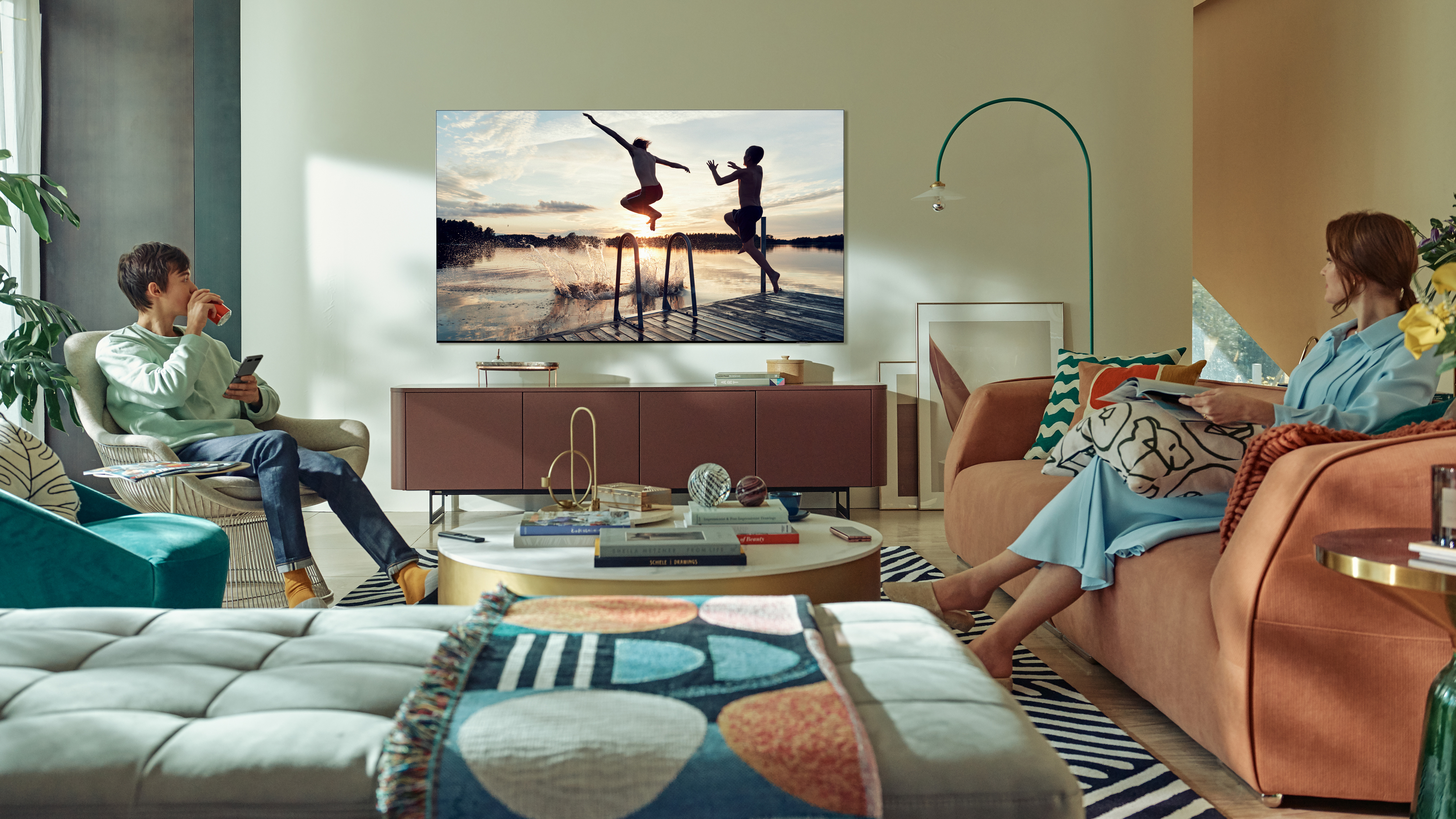
Samsung has pulled the wraps off of its 2021 TV lineup, and while we expected new 8K and 4K models, Samsung has brought a range of enhancements to bear on its newest smart TVs.
From new display technologies like Micro-LED and Mini-LED to eco-conscious packaging and a super convenient update to the remote control, Samsung wowed us with the TVs that are slated for the coming months.
- The best TVs right now
- Micro-LED vs Mini-LED: What's the difference?
Samsung upgrades to Neo QLED
The first big change is what Samsung calls Neo QLED, the new version of QLED coming to the 2021 8K QN900A and 4K QN90A flagship TVs. Neo QLED refines Samsung's quantum-dot-enhanced displays with Quantum Matrix technology, which is Samsung's catch-all term for mini-LED backlight and its related features.

With a proprietary mix of micron-scale LED backlights and a tiny diffuser layer applied to each diode, Samsung Neo QLED 8K and 4K TVs will get brighter backlight, with more depth and gradations of luminance.
The smaller LEDs allow for more densely packed backlighting zones, with much more tightly controlled backlighting, allowing the TV to deliver deeper black levels and brighter highlights with less of the haloing seen on current LCD and QLED TVs. It should be a big step toward blurring the lines between QLED and OLED, and a noticeable improvement over last year's QLED sets.
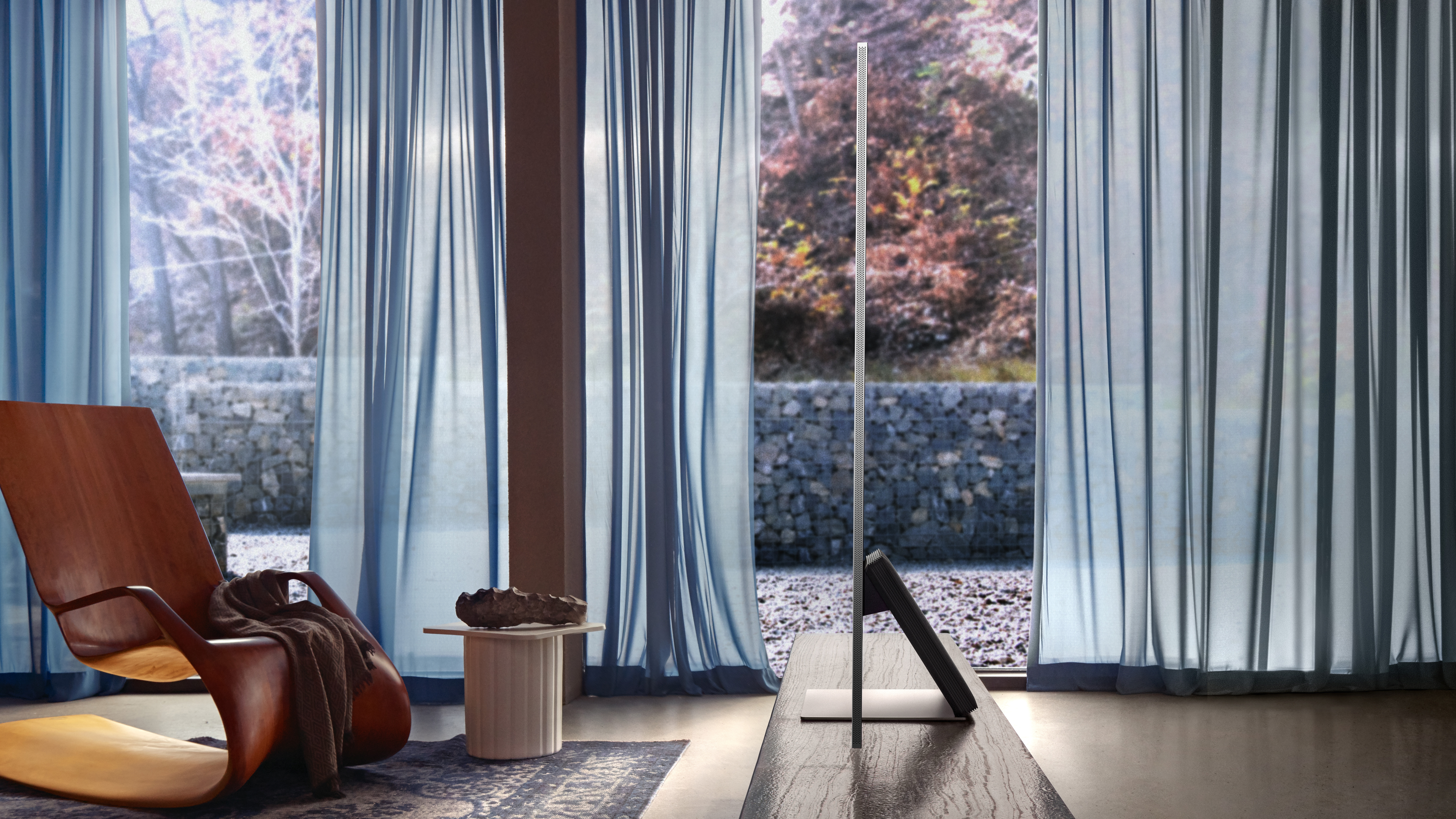
The smaller LEDs also allow for a slimmer chassis design, so Neo QLED sets will have a thinner build with Samsung's basically-bezelless Infinity Edge screens.
And for Samsung's top-of-the-line models, there's also a new OneConnect box, now in a smaller, more discreet package. The OneConnect box allows the display to be as slim as possible, with nothing but the display panel and speakers in the TV, and the video processing and various HDMI and USB inputs offloaded to a separate box, connected with a single cable (which also serves as the TV's power cable).
Sign up to get the BEST of Tom's Guide direct to your inbox.
Get instant access to breaking news, the hottest reviews, great deals and helpful tips.
The new slim design can sit on your entertainment center, or it can be mounted on the backside of the TV stand, tucked out of sight.
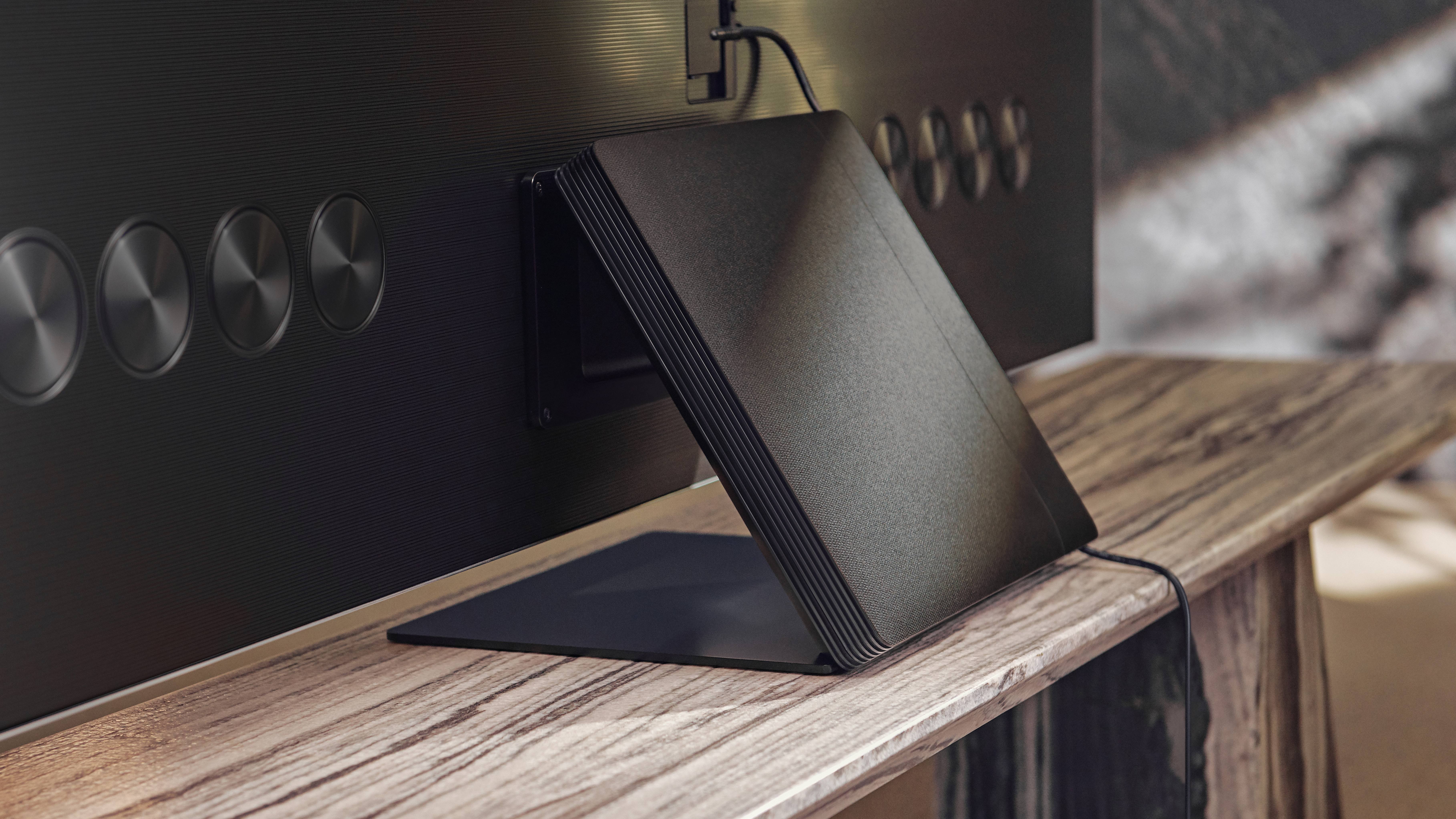
Samsung's new Neo Quantum Processor is more than just a beefier chip. Samsung has previously touted it's AI-driven upscaling and video processing, but the new processor uses a combination of multiple, simultaneous machine learning processes – "up to 16 different neural network models," according to Samsung – to optimize the different elements of picture quality, with separate processing for brightness, focus, object and motion, with additional processing for audio and dialogue.
Samsung's Object Tracking Sound is back, with audio that tracks along with on-screen objects and actors, providing a more realistic and immersive experience. Q-Symphony is also back, which lets you use a Samsung soundbar with your Samsung TV and use all of the speakers in concert to provide a wider and taller soundstage with better support for Dolby Atmos and simulated surround sound.
Though Samsung didn't announce any details about specific models or pricing, that news may already be available, thanks to a leaked list of new Samsung model names and screen sizes.
Samsung finally has a MicroLED TV you can buy
Samsung is also introducing the first consumer micro-LED TVs this year, appropriately named the Samsung MicroLED TV. The refined version of The Wall that Samsung has been showing off for the last few years, the new sets use microscopic LEDs as the individual pixels on the TV, delivering a self-emitting display that rivals OLED for picture quality.
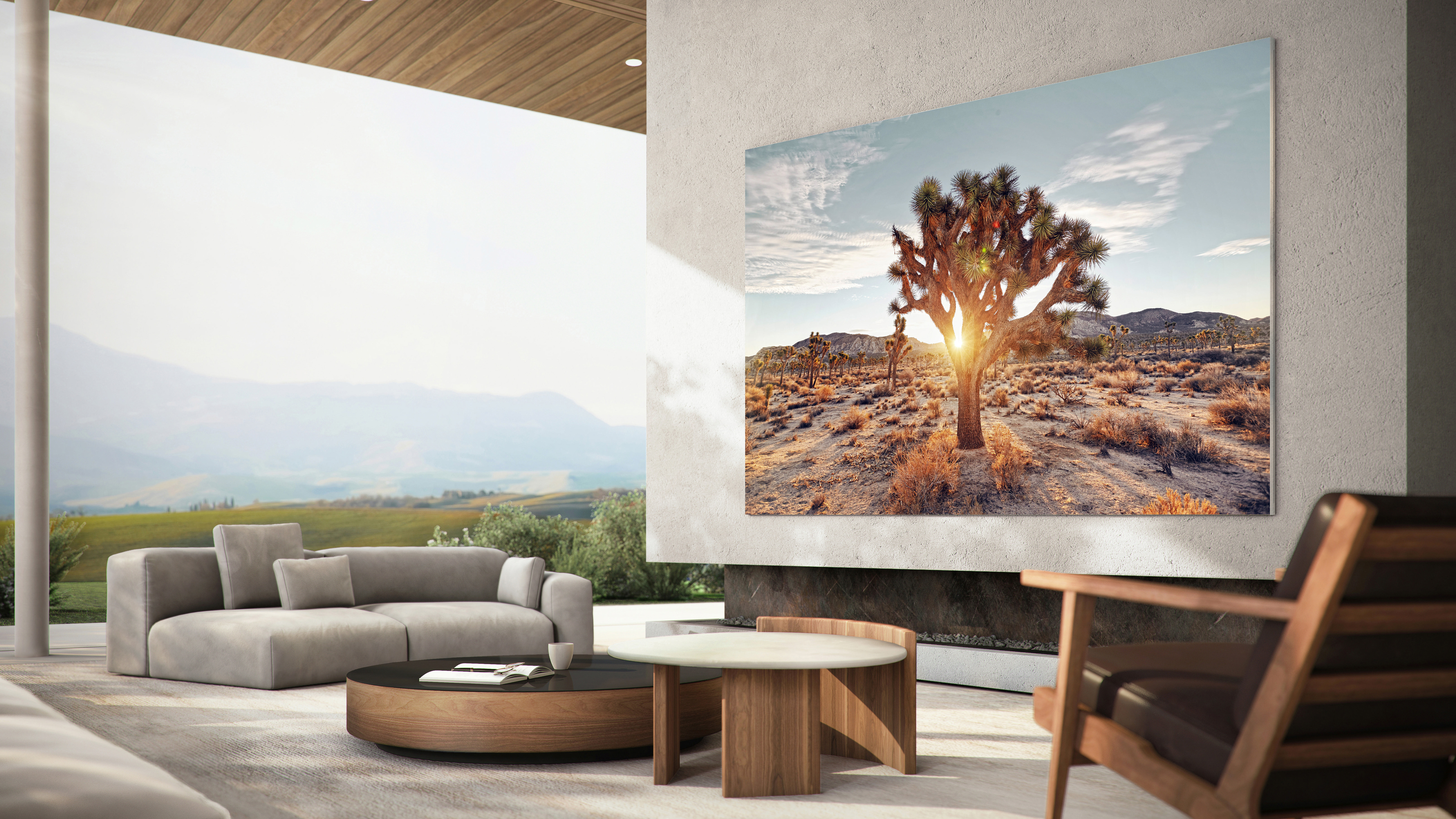
Samsung touts the MicroLED technology as being longer-lasting and more durable than the organic materials that put the O in OLED, with no burn-in and no color drift after a few years of use.
The MicroLED also gets Samsung's Ambient Mode, with a low-power option that lets the display blend into the surroundings when not in use, or display art or helpful information when not being used for active watching of shows or playing games.
Samsung is still touting the modular capability of micro-LED modules, but the MicroLED TV is a single-size display that comes pre-assembled in standard aspect ratios. (Frankly, the modular aspects have always seemed more relevant to signage than in-home TVs.)
Since the screen is so large, Samsung is also introducing Quad View, which lets you divide up the screen into four sections, and each can run off of a separate input. The large size means that you can use each Quad View section of the display as a separate 1080p TV, whether that's for watching simultaneous sporting events, gaming side-by-side, or just letting family members enjoy different programs at the same time. Using Samsung's mobile app, viewers can also listen to each view separately over headphones.
Samsung initially announced only a large 110-inch version of the MicroLED TV, but today's announcement expands that to additional models, with a 99-inch model and the promise of "smaller sizes by the end of the year."
Samsung unveils Solar-charging Eco remote
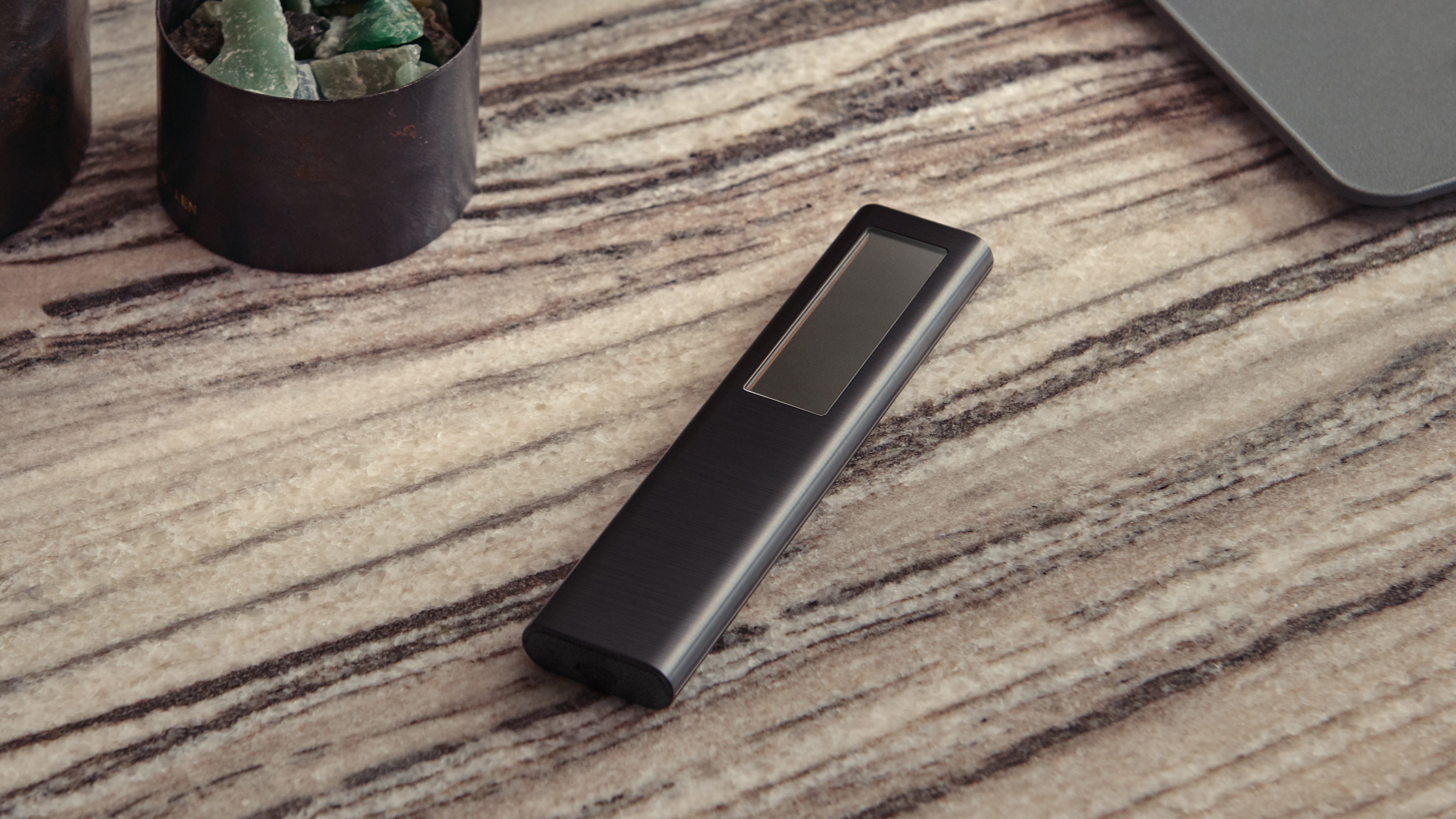
Samsung's Solar Cell remote control solves a common irritation by removing the replaceable batteries from the remote control and replacing them with a rechargeable battery and solar cell that can charge the remote using the indoor lighting of your living room.
Samsung's packaging is getting a little more eco-friendly, with a new low-ink design that reduces print waste and makes the cardboard easier to recycle. The new packages also use a new ink that is more sustainable than the oil-based ink traditionally found on TV packaging.
Samsung's accessibility features have gotten a major boost, with enhancements to features like voice guide and high contrast visibility modes for the blind, and smarter captioning for hard of hearing users.
Brian Westover is currently Lead Analyst, PCs and Hardware at PCMag. Until recently, however, he was Senior Editor at Tom's Guide, where he led the site's TV coverage for several years, reviewing scores of sets and writing about everything from 8K to HDR to HDMI 2.1. He also put his computing knowledge to good use by reviewing many PCs and Mac devices, and also led our router and home networking coverage. Prior to joining Tom's Guide, he wrote for TopTenReviews and PCMag.

